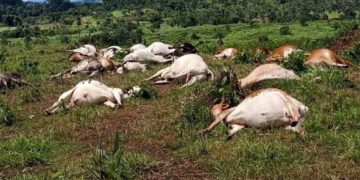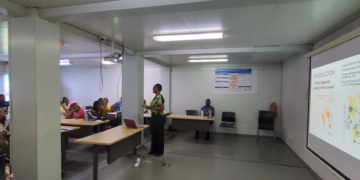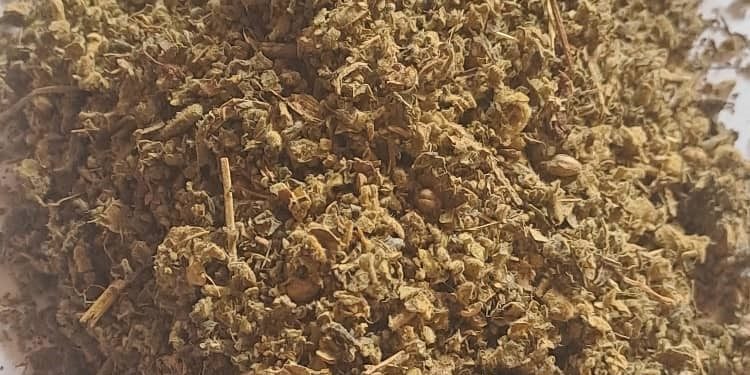By Kemo Cham
A study to identify the composition of Kush, the synthetic drug at the center of the ongoing drug epidemic in Sierra Leone, has revealed that it may contain a chemical that is potentially more dangerous than earlier thought.
The study conducted by the Global Initiative Against Transnational Organized Crime (GI-TOC) shows that Kush sold in Freetown contains mainly Nitazene, a substance that can be more potent than fentanyl.
Until now, it has been widely reported that Kush contains fentanyl, alongside ingredients like cannabis, Phencyclidine (PCP) and human bones. All of these ingredients are meant to enhance the potency of the concoction.
But according to the findings of this study, neither PCP nor fentanyl was detected in the samples tested using the FTIR Spectrometer and immunoassay test strips. The immunoassay test strips was used to confirm the FTIR Spectrometer test for Nitazene.
Nitazenes are synthetic drugs, fully made in laboratory, and they are a very powerful opioid which experts say can be up to 100 times more potent than heroin and up to 10 times more potent than fentanyl.

The authors of this study however cautioned that its findings remain inconclusive, noting that a confirmatory test is needed to determine the definitive ingredients in the samples.
“The findings that we are presenting here today are the findings from an FTIR Spectrometer and the use of immunoassay test strips. There is quite a high degree of accuracy from this equipment. However, in the absence of confirmatory testing from GCMS/LCMS, which is another equipment also used to test chemical substances, these findings remain preliminary and indicative,” Lucy Bird, Director of the West Africa Observatory of Illicit Economies at GI-TOC and one of the authors of the report, said at a press briefing on Wednesday, where the report was first made public.
“We do urge a word of caution until we have the findings of the backup testing.” she stressed.
The study was co-designed by GI-TOC and the Clingendael Institute in The Netherlands. GI-TOC said it is part of a broader research into Kush, focused on Sierra Leone and Guinea Bissau, just two among five countries in Africa that have reported Kush in their retail drugs markets. They also include Sierra Leone’s Mano River Union neighbours, Guinea and Liberia, as well as The Gambia and Senegal. Reports suggest that the authorities in all these countries believe that their drug crises are being fuelled by the Sierra Leone epidemic.
President Julius Maada Bio in April this year declared a state of national emergency on drugs and substance abuse following reports of many deaths among young people suspected of abusing Kush and other substances.
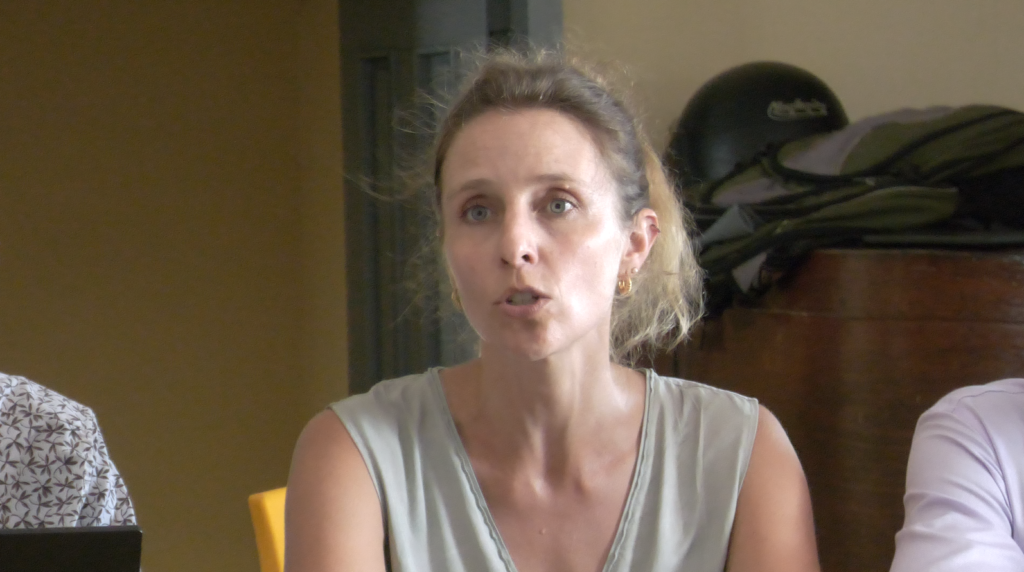
GI-TOC and its partners say knowledge of the exact composition of the drugs is crucial for effective response to the epidemic. The Think Tank said it tested a host of other substances, besides Kush, and that analysis of those data is ongoing. It said the findings on Kush suggested an urgent need to respond, which was why the data was immediately shared with government and other key stakeholders.
The research team has been meeting with authorities, including Vice President Dr Mohamed Juldeh Jalloh and members of the National Taskforce on drugs and substance, to discuss the role of government in the implementation of the report’s recommendations, which include shipment of the samples for confirmatory testing in Spain, procurement of advanced chemical testing equipment for use in-country as part of the response to the Kush epidemic, and treatment options for opioid overdose victims.
The study was conducted in collaboration with two local civil society organizations – the Institute for Drug Control and Human Security (IDCHS) and Social Linkage for Youth Development and Child Link (SLYDCL), with support from relevant government agencies, notably the National Drug Law Enforcement Agency. The drug samples tested were obtained from both official sources (confiscated drugs) and from the street.
In Guinea Bissau, the samples were obtained from the street only.
In both countries, the FTIR Spectrometer tests categorized Kush into three main types – A, B and C.
All the drug samples tested in Sierra Leone were taken from Freetown, and for majority (83%), Nitazenes were detected, compared to 55% of samples in Guinea Bissau.
Majority of the Sierra Leone samples (72%) were Type C, where the likely primary active ingredient is Nitazenes. In Guinea Bissau, majority (44%) of the samples were Type A, with synthetic cannabinoids detected as the likely active ingredients. For Type B, synthetic cannabinoid is detected as the likely primary active ingredient, while Nitazene is detected as the likely secondary active ingredient.
The researchers say at this stage of the study, there is no clear explanation for the discrepancy in the results of the two countries.
Another unanswered question is the exact nature of Nitazenes found in the Kush samples. The strength of Nitazenes vary significantly between the types. While some are more or less the same potency as fentanyl, others are 10 times stronger than fentanyl. This, according to the researchers, is another reason why the backup testing is crucial. They said it will also address the question about the presence of human bones in the drugs.
Bird explained that the FTIR Spectrometer doesn’t identify all types of substances, particularly organic matter, which may explain why the tests couldn’t detect bones in the samples.
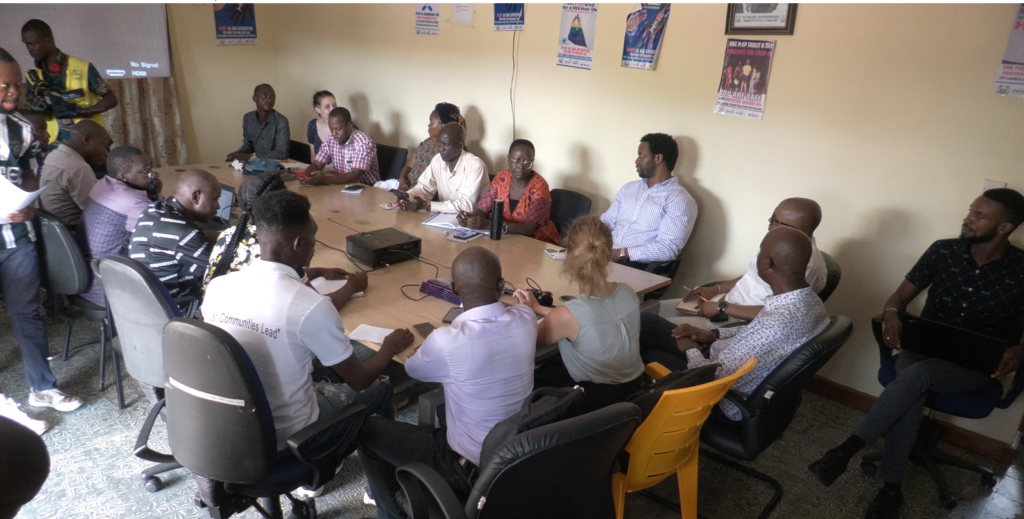
Sierra Leone is not the only country that is experiencing the presence of Nitazenes in its retail drug market. The substance has been linked to a significant number of overdose deaths in the United States since 2019, and since 2022 in a number of countries in Europe and the United Kingdom.
As revealed by the GI-TOC study, many drug users who are victims of Nitazene do not know that they are consuming it. Of the samples tested which were sold as mild or K2, only 15 percent didn’t contain Nitozenes, the data shows.
“So we are talking about a very mixedup supply chain with all the types of Kush being sold under different names,” said Bird.
Isaac Ahemesah, Country Director of UNAIDS for Sierra Leone and Liberia, said as basic as the report is, its findings add to the body of evidence in the collective fight against Kush.
Mr Ahemesah wants Sierra Leoneans to use the document to ask relevant questions, like why the country is reporting Kush related fatalities, unlike Guinea Bissau which is dealing with the same crisis.
“What we need to do as civil society is to keep pressing on the accelerator, making sure that the issues are generated…How do we use this report to add up to our advocacy, to get government to sit up and do the things we want to them to,” he said.


